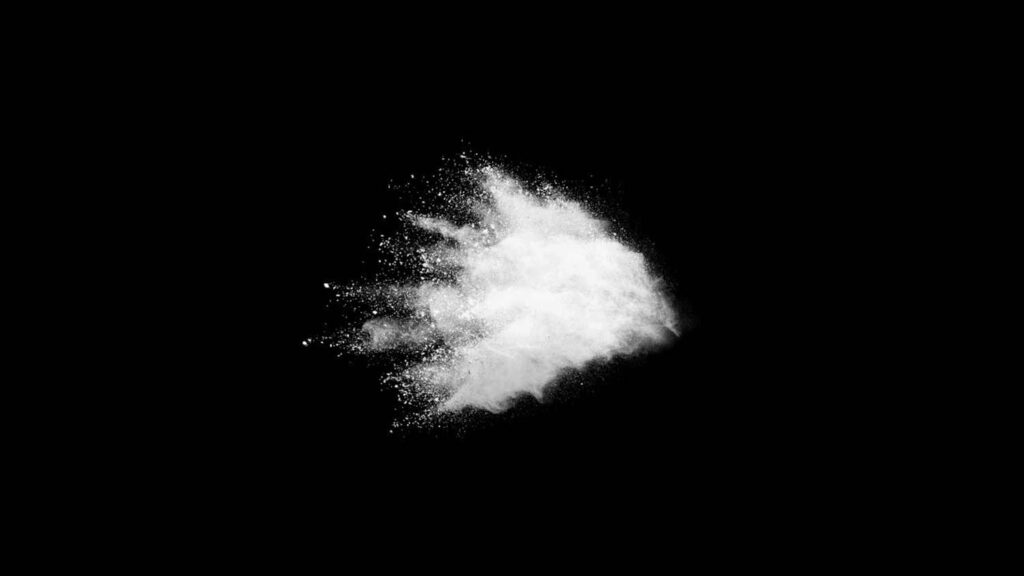The range of production grade polymers for additive manufacturing is slowly expanding. However, the most purposeful and immediate developments are coming through the incremental development of existing materials for SLS, says Advanced SLS founder Jonathan Rowley
One of the perceived limitations of Additive Manufacturing (AM) is that the range of production grade materials is limited compared to traditional manufacturing.
Because of this limited range, designers and manufacturers are always awaiting the headline release of new materials that might make their adoption of AM more straightforward.
I well remember the launch of the Stratasys Connex ‘Multi Material’ technology back in 2014 which was greeted with great excitement as it seemed to suggest new materials and material combinations were now possible within the same print.
An example of this excitement and how misunderstood the term Multi Material was, is summed up by a single part file that was received at the service provider where I worked at the time. Included with the single file, was a diagram of the part with annotation identifying different areas to be made from stainless steel, rubber, coloured acryclic and a handle that was described as “wood (oak if possible?)”.
The name of the technology made this assumption reasonable. Unfortunately, it was and remains wildly unrealistic.
To this day, a perception remains that genuinely Multi Material 3D printing is available. In actual fact, this technology simply allows for different grades of the same material to be made in the same print which can produce a range of different material properties.
This technology is extremely interesting and offers a lot of new performance potential, but multi material, as would be generally understood, it really is not.
There remains a perceived wisdom that the range of AM materials is expanding both rapidly and exponentially. Unfortunately this is also a rather optimistic view.
Digital technologies are indeed developing incredibly rapidly. Where AM is different is that although the scope for digital design is expanding rapidly through advanced design software alongside increased computing power, the ultimate output of AM is a physical object. That object is tangible and material (in every sense of the word) and when the design is taken off the screen and through the AM process, it needs to perform and display the required qualities in the physical world.
You cannot disrupt the laws of physics and chemistry and real material innovation requires meticulous R&D which takes indefinite time.
Whilst new materials are being developed behind the scenes, the most interesting, purposeful and immediate developments with AM materials are coming through the incremental development and expansion of existing materials. This appears to be making the most progress within the polymer field of SLS.
For many years the default material associated with polymer sintering was PA12 (PA 2200) and remains the material that most people are familiar with when speaking about this technology.
PA12 undoubtedly produces very high quality parts in terms of finish and accuracy, with tremendous dynamic material properties that can be exploited to design and produce shapes that then do something.
This was also the material most generally available within service bureaus and therefore most widely experienced by customers who were outsourcing their production.
Being derived from 100% renewable castor beans, PA11 is becoming more and more sought after; primarily due to its better environmental credentials. PA11 also has superior impact resistance and elongation at break.
These factors, which allied to the material cost of PA11 being roughly equivalent to PA12, means that more and more users are finding it straightforward to make a transition to more sustainable part production.
Specialist thermoplastic material developers for AM such as ALM are also offering specialist polymer powder development for individual applications. This work provides finely tuned polymer powder materials for very specific production applications that unleashes their customers‘ ability to unlock all of the familiar benefits of adopting AM.
The wonderful thing about this, is that each new specific material then enters their portfolio of materials available to everyone.
As these aren’t headline grabbing new materials – these developments don’t generally get much attention.
The new materials that many potential users of AM for production are looking for aren’t that dramatic. What they’re seeking is a wider range of existing materials that more specifically match their application and this is what is well underway.
Over the course of 8 years supplying only PA12 as an AM service provider, I saw hundreds of technically viable AM projects remain unrealised. Beyond reasons of economics or production rate, these were commonly compromised by the material being not quite suitable for the end purpose.
All of these potential users of the technology should be keeping a close eye on these polymer refinements as the portfolio expands and previous projects that weren’t quite viable at the time, may well be achievable now.
 Jonathan Rowley is an Architect who ran a London based AM bureau specialising in SLS for 8 years, and now heads Advanced SLS.
Jonathan Rowley is an Architect who ran a London based AM bureau specialising in SLS for 8 years, and now heads Advanced SLS.
His particular interest is in sharing the principles of designing for value and dynamic performance relating to this readily accessible and versatile technology.
He is currently offering SLS specific consultancy and DfAM education and is on the steering committee of the recently established Design for AM Network.






